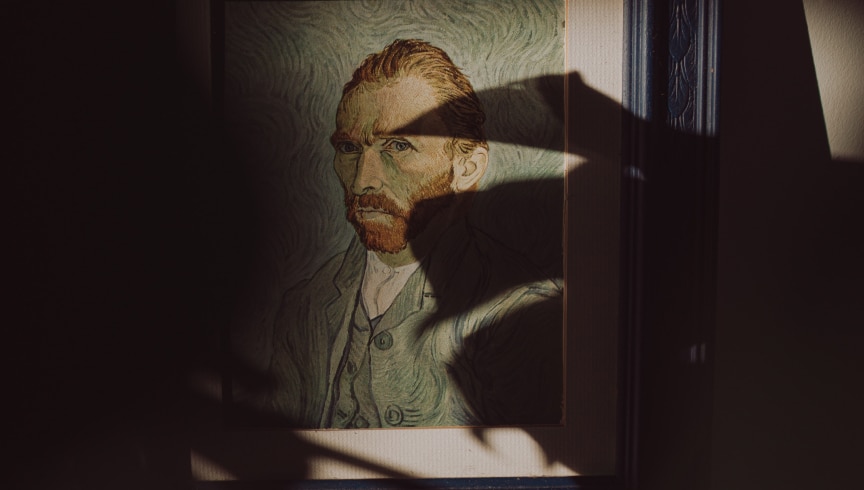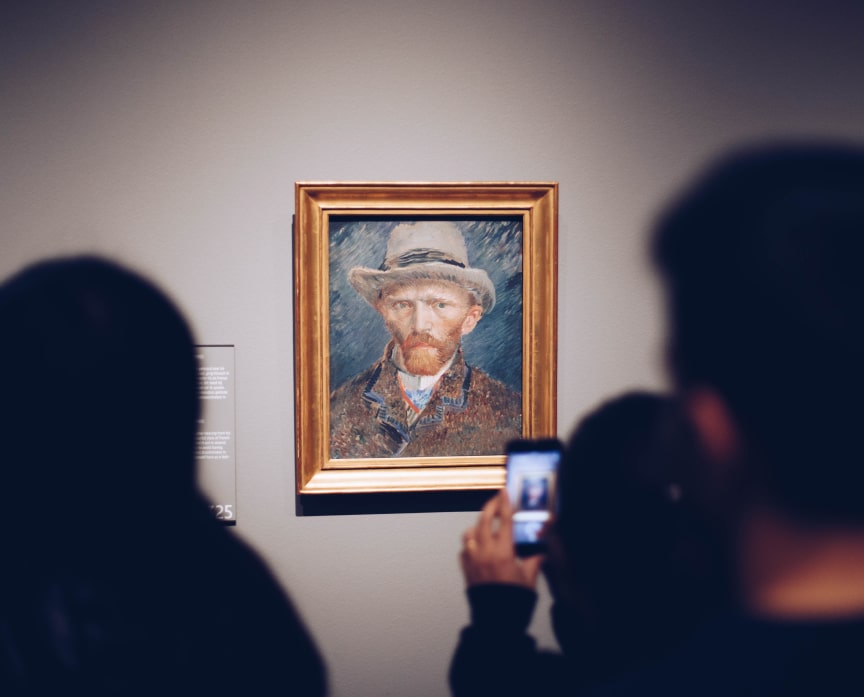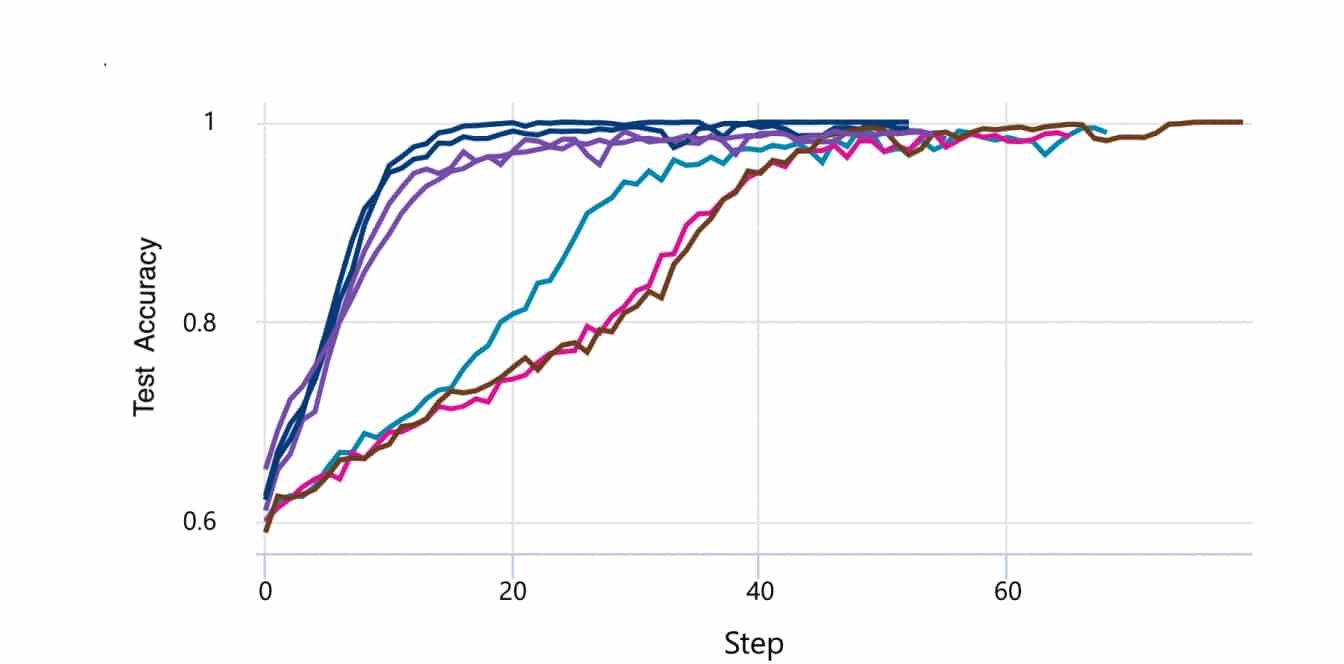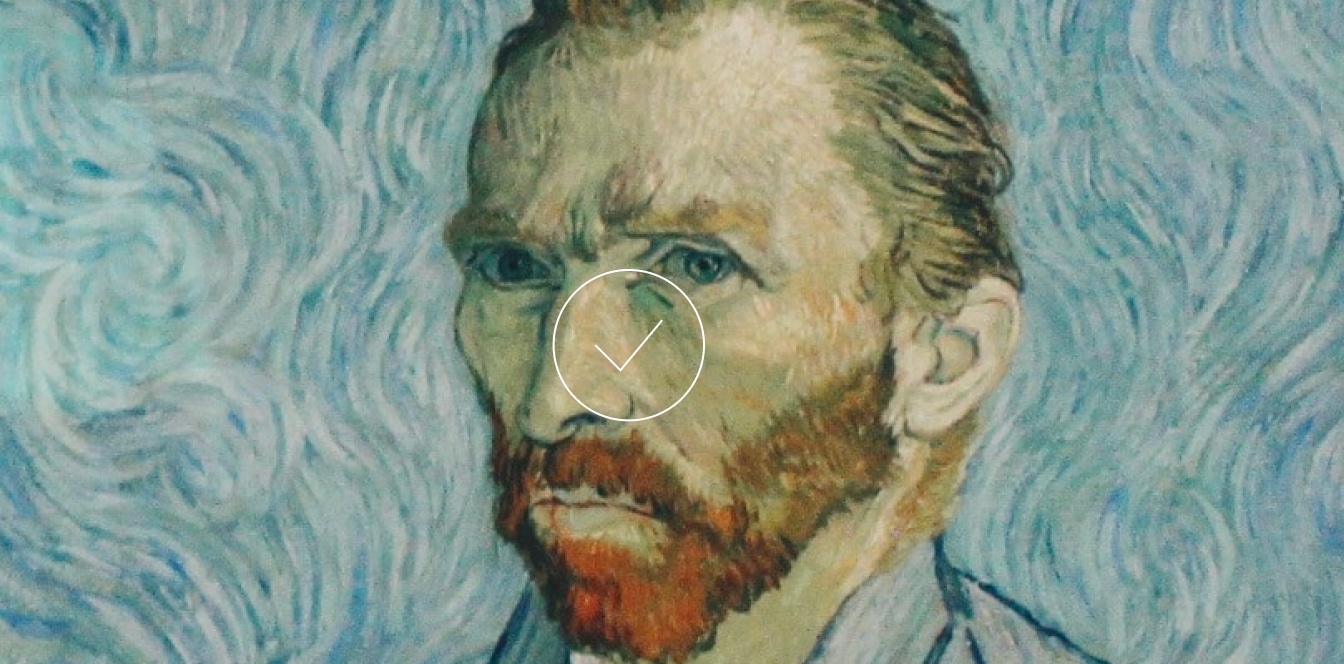Our Technology
Our Technology
Revolutionising Art Authentication
Verifying art has been a costly, time-consuming, and often subjective process. Traditionally, the art community turns to art experts who require the art object to be physically delivered to them, study the object, and then decide on whether a particular piece is likely to be from the assumed artist or not. But what if you could streamline that process and ensure your art verification is quick, easy, and reliable?


The Power of AI
Art Recognition applies machine learning and computer vision techniques to determine the authenticity of artworks. We use two types of artificial neural networks to capture an artist’s main characteristics: a Convolutional Neural Network (CNN) and a Vision Transformer with Shifted Windows (SWIN). These cutting-edge architectures have been adapted for our art-classification task, to categorize artworks into “authentic” and “non-authentic.” While CNNs have conventionally excelled in image classification, transformers are a modern architecture that also drives applications such as ChatGPT. Art Recognition has led the way in adapting Vision Transformers for art authentication.
Additionally, our state-of-the-art AI technology has been equipped to resist adversarial attacks, meaning that it can detect digital forgeries produced by a generative AI. This robustness stems from incorporating both genuine artworks and AI-generated imitations into our training datasets. Our recent study has confirmed that integrating synthetic images created by genAI enhances the overall accuracy of our AI authentication system.
Below you will discover the process we use to deliver outstanding results to our customers across the globe
Data collection and pre-processing
Our in-house database contains a vast collection of training images of artworks spanning from old masters all the way to contemporary pieces. For every artist, we compile a high-quality image dataset containing photographic reproductions of verified authentic artworks created by that artist. Additionally, to enhance the algorithm’s discriminatory abilities, we integrate a contrast set into the system.
This set includes photographs of documented forgeries as well as works by imitators, followers, ateliers, and even digital forgeries in the artist’s style, created by a generative AI.
Furthermore, we create several instances of each image by adjusting their contrast, hue, and luminosity levels. This helps the AI learn to identify and interpret features consistently, regardless of the specific camera or device used to take the photographs.

Training the AI
From the training images, the AI captures fine details such as the artist’s brushstroke, edges, shapes, color variations; high-level composition elements including motif repetition, object placement, and overall proportions; as well as other features that are distinctive to the analyzed artist. Once the learning process is completed, the AI can recognize these features in new, previously unseen artworks.
To achieve the highest precision, we implement a specialized pre-processing approach that captures both the painting’s broader elements and intricate details. While the full images are used during training to grasp the high-level aspects, finer details are extracted from small patches created which the algorithm can zoom into.
Additionally, we employ cross-validation, which involves segmenting our data, training our model on the majority of the images, and evaluating it on a smaller subset of the datasets. Repeating this with different subsets helps identify the most efficient model, ensuring it performs well across various data subsets. This enhances the model’s strength and consistency.


Testing the algorithm’s precision
The success of the training is assessed through key performance metrics such as precision and recall. These metrics are meticulously evaluated on a collection of images that were excluded from the training phase, forming what we refer to as the “test set.” Through this rigorous assessment of how accurately the AI distinguishes authentic artworks from established forgeries, we provide our clients with a substantial reassurance regarding the reliability of our art authentication methods.

Authenticating your artwork
Following the successful training, the AI compares the learned features with those detected in the image of your artwork. Based on this comparison, it will return a probability for the authenticity of your piece. This gives you an unbiased, data-backed AI assessment of authenticity for your piece.
